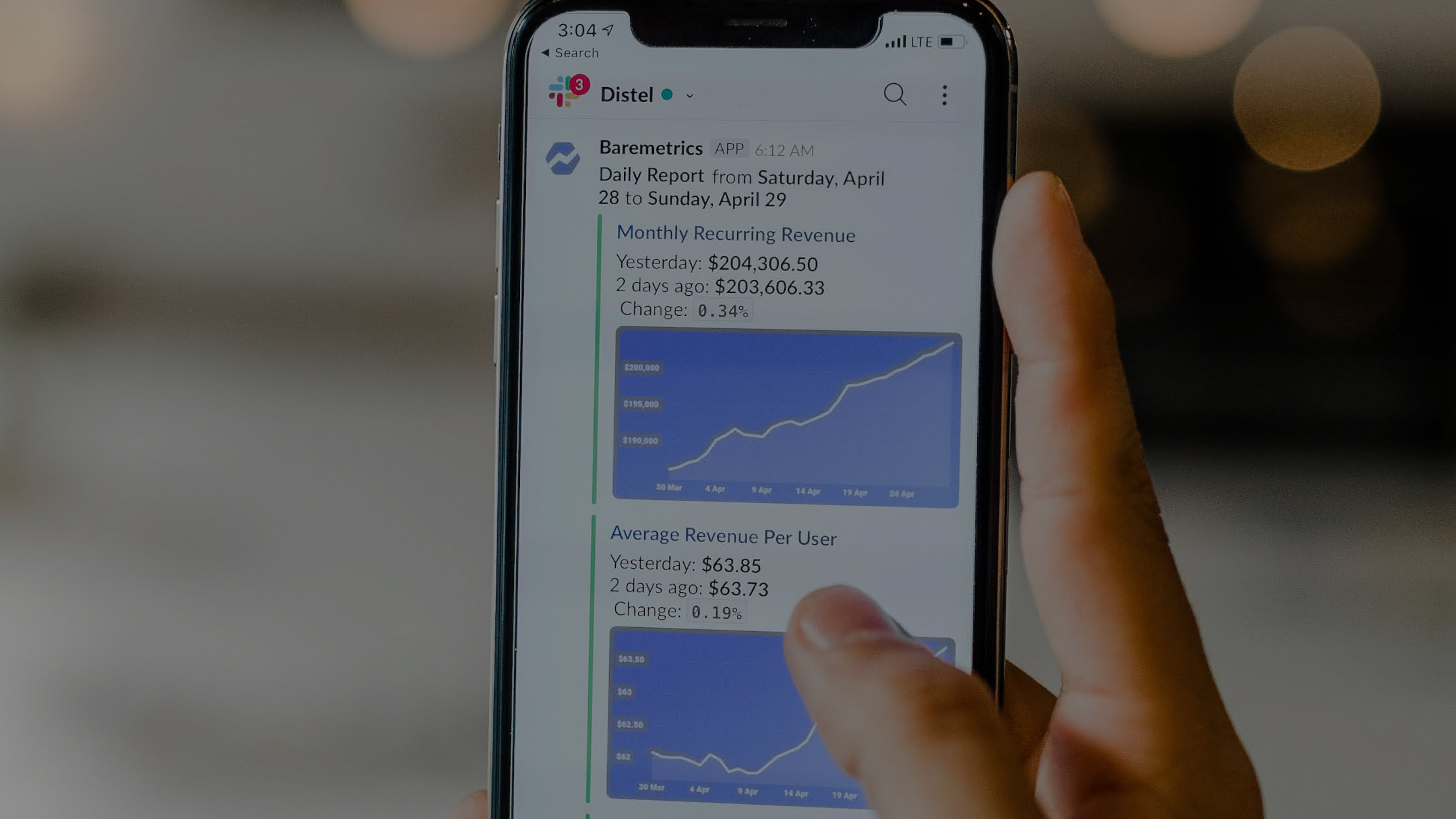
Live chat vs phone support – Which is better?
As the world is transforming to virtual ways to deal with various issues, will video chat replace real face-to-face interaction? Read to find out
Introduction
Thanks to new and improved technologies, staying in touch with coworkers or clients who are located in separate workplaces, states, or countries is now simpler than ever. Live video chat allows users to communicate in real time through audio and video communication on laptops, TV displays, desktops, cellphones, and tablets.
Meetings now typically involve video conferencing, which reduces travel expenses and time and boosts productivity. It’s a successful method of communication, particularly if your company has a large regional footprint.
But can we genuinely reap the same advantages as face-to-face interactions? Will video conferences replace face-to-face conversations?
In this blog, we will discuss the sudden rise of virtual meetings, human nature regarding communication and understanding, and finally will look at a few of the benefits and drawbacks of video calls and communication.
The sudden rise
The idea of video conferencing was first presented as an expansion of acoustic equipment in the 1870s. Since then, the popularity of live video chat has only increased with technological advancement and adoption, but with the transition to work and study from home due to the COVID-19 pandemic, we have been forced to reconsider how we communicate with one another. The majority of people in the world are adjusting to working from home, and video calls have made the modern workplace more accessible and affordable.
Digital screens will eventually become as necessary to us as cars and indoor plumbing, whether we like it or not. It will be difficult to strike a balance between this screen-centric reality, the need for solitude, and the benefits of in-person communication.
Video conferencing tools have sustained important social brain functions during the period of social isolation, including users’ capacity to respond in real-time and pay attention for extended periods. Now let us look at various pros and cons of live video chat:
Pros of video chat
Cost and time-efficient
Businesses can profit greatly from the money saved by holding virtual meetings rather than paying for travel and hotel accommodations. These meetings may be scheduled more quickly because participants can connect from anywhere in the world saving time and resources.
Meeting in real-time with anyone across the globe
Video conferencing makes it more convenient to discuss ideas immediately rather than waiting for email chain responses with participants from across the globe.
Shared data
Depending on the software being used, individuals can easily share information while concurrently working on the same document and participating in a live video chat from opposite ends of the globe. Collaboration is made so simple that it can significantly boost output.
Cons of video chat
Physicality
Even with the most advanced technology, it is difficult to replace the importance of being in the same room with your team. It is difficult to reproduce the real-time in-person interaction over a video call.
Cost
Even while transporting people across the country for meetings is more expensive than video calls, other expenditures must also be considered, such as high-speed internet connections and possibly a cost-per-user for video chat services.
Cannot replicate in-person interactions
Face-to-face interactions will always be the most successful form of communication because they provide vibrancy and involvement in the meeting that you simply can’t replicate via a screen, even while video conferencing gives an effective way to stay connected.
Future of human interaction
While live video chat can partially replace face-to-face conversation, they are not likely to ever be a satisfactory substitute. In the context of education, whether at the primary or college levels, this is particularly true. Experts already know that the lack of the flexible and spontaneous in-person human element in online mode training severely restricts learning. Its absence severely impacts students who struggle or have special needs.
We can exchange thoughts, read body language, and align feelings when we meet and interact in person. In-person interactions are healthy for our human spirits and mental health. A tablet, smartphone, or desktop screen can only partially satisfy our need for connection. Video chat services can not fully engage people on a person-to-person level.
Conclusion
Not all human interactions will take place virtually in the future (even though some may suggest it). For times when we cannot converse directly, live video chat is a tremendous technological advancement.
Although speaking to someone in person and in-person interactions should always be preferred, modern technology allows us to stay in touch with each other without losing the warmth of real contact.
You can check out Temasys Skylink Cube if you are looking for the simplest and most direct way to provide live human communications on your websites and apps without writing any code. Skylink Cube is a one-stop solution to provide fuss-free live human interactions on your website without a code. You can request a demo to understand and learn more about the features of the service.



